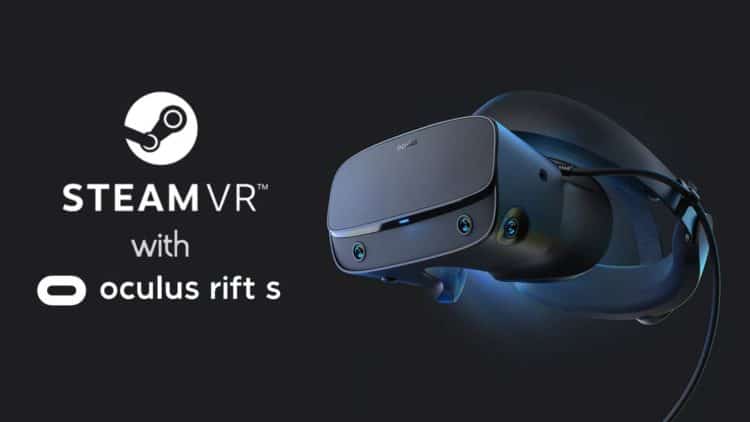
Since the release of the first consumer version of the Oculus Rift all the way back in March, 2016, the world of virtual reality gaming has evolved into almost an entirely new genre and community. Oculus has since released the Oculus Rift S, Oculus Quest, Oculus GO, and the Oculus Quest 2 in October, 2020. Many other companies have also been jumping in on the virtual reality bandwagon such as HTC, Microsoft, and even Valve. Gabe Newell, owner of the popular gaming developer and publisher, Valve Corporation, has recently expressed his thoughts on brain-computer interfacing technology and how this can impact the future of not only virtual reality gaming, but gaming in general. So, what exactly might the future of virtual reality gaming look like? What can virtual reality do to innovate the gaming and entertainment genre?
Increased Popularity
Since the launch of the original Oculus Rift virtual reality headset, we’ve seen a massive jump in the popularity of virtual reality gaming and entertainment consumption. One of the most popular categories on video game storefront, Steam, is ‘Virtual Reality’ and includes popular such as Half-Life: Alyx, Beat Saber, Pavlov VR, Boneworks, Blade and Sorcery, and The Elder Scrolls V: Skyrim VR. Yeah, you heard that right – you can walk around and explore the world of Skyrim in complete virtual reality. As the genre continues to increase in popularity, the amount of games being developed for these systems continue to increase as does the quality of these games.
Evolution
The evolution of gaming has expanded over the years in terms of quality, quantity, and especially the technology available to not only develop these games, but also the platforms on which we play these games. Many of us have grown accustomed to expecting a new generation of console whether it be a new Xbox, PlayStation, or Nintendo device. In recent years, we’ve now begun to expect a new virtual reality headset whether it be a new Oculus device, a new HTC Vive, or an update on the Valve developed Index. Virtual reality gaming has started to become an increasingly household device with Oculus starting to release newer and more powerful devices for purchase at a much cheaper price point than previous models; this allows the genre to flourish and expand into even more players’ lives. In previous iterations of the Oculus Rift, players were required to set up a few sensors that would detect the Oculus Touch Controllers as well as the headset itself in order to allow the devices to track in real-world space. These sensors and the headset needed to be connected to a PC in order to provide the device with enough power to run the software and games. With the Oculus Quest and Quest 2, this is no longer a requirement and these devices are able to operate on their own with no help needed from an outside source; this means that players who may not have the space or the cash to afford a full PC are now able to get their hands on virtual reality without potential spatial or financial issues.
Close to The Matrix
Valve boss, Gabe Newell, has been in development of a new technology known as “brain-computer interface research.” In an interview with IGN, he states “the area I’m spending a lot of time on has been growing out of a bunch of research that occurred a while ago on brain-computer interfaces, and I think that’s kind of long lead stuff…We’re way closer to the Matrix than people realize. It’s not going to be The Matrix – The Matrix is a movie and it misses all the interesting technical subtleties and just how weird the post-brain computer interface world is going to be – but it’s going to have a huge impact in the kids of experiences that we can create for people.” While I’m sure that this technology is still years away – the fact that it’s a very real development should be an indication of further evolution in the industry. Newell also states that “if you’re a software developer in 2022 who doesn’t have [a BCI headset] in your test lab, you’re making a silly mistake.” Valve actually has a design for a BCI headset known currently as “Galea” and can work in tandem with Valve’s Index virtual reality headset.
Future of Virtual Reality
So, what will the future of virtual reality look like? Well, if the current state of virtual reality compared to its original developmental stage in the early and mid-2010’s as well as the state of the first-generation consumer versions and what is available to players now isn’t enough to convince you that virtual reality is going to be the next big innovation of gaming, the development of brain-computer interfaces should do the trick. These BCI headsets could be used to essentially write information into the player’s brain, giving it the ability to change feelings, to even allowing you to feel like you are a different person. While this sounds like it could potentially be dangerous, personally, I think more people will be intrigued at the idea and will be more inclined to participate in this new technology. I, for one, am looking forward to this new technology – kind of like a real-life Sword Art Online, right?
 Follow Us
Follow Us




